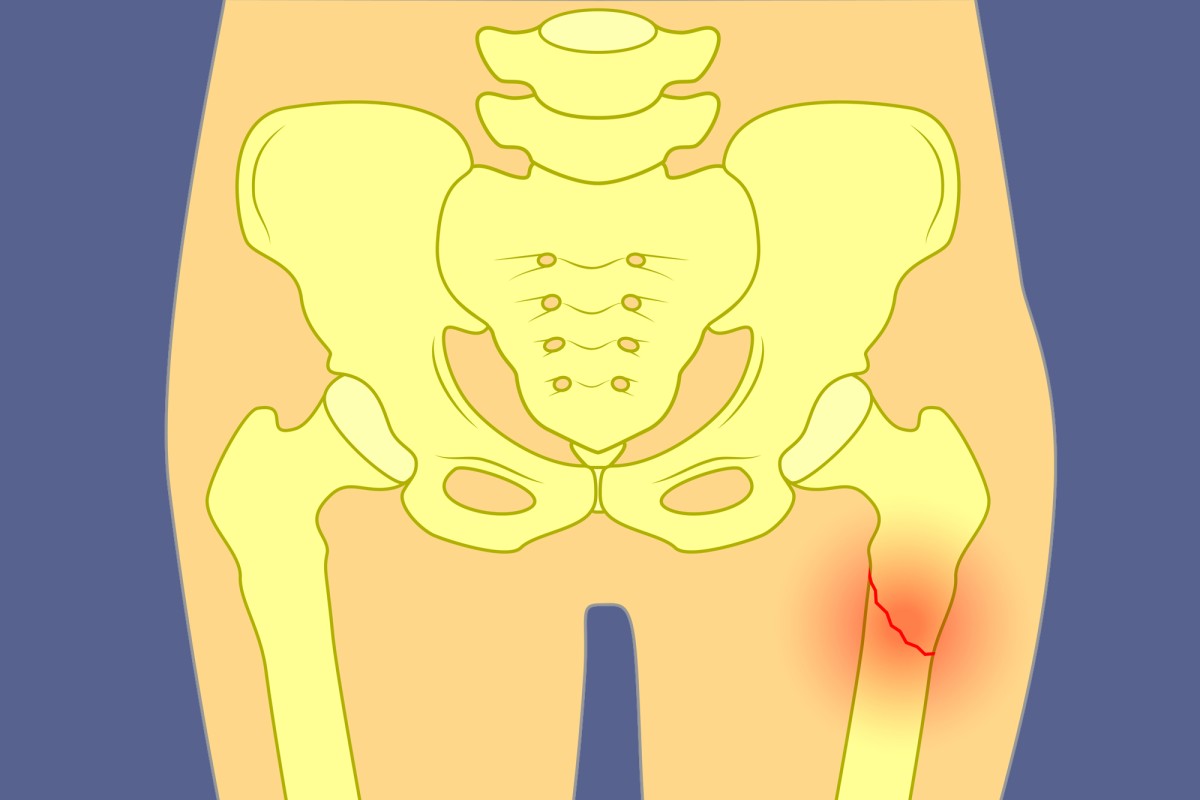
Osteogenesis imperfecta (OI), more commonly known as brittle bone disease, affects around 1 in 15,000 people, and here are some basic things you should know about it.
What it is?
Brittle bone disease causes bones to lose their density and become weaker, which means that they can break very easily. “Brittle” is an adjective used to described something which is hard yet also fragile - such as glass or ceramics. Osteogenesis imperfecta (OI) means “imperfectly formed bone”.
What causes it?
Brittle bone disease is a genetic condition, which means it is present from birth, and can potentially be passed on from parents to children. It is caused by genetic defects which affect the body’s ability to produce collagen: the protein needed to make bones strong. Either the body cannot produce enough collagen, or it produces a collagen of poor quality, resulting in weaker bones.
What are the symptoms?
Depending on the severity of the disease, symptoms can include loss of hearing, weak muscles, low energy, bones that fracture easily, or possibly even permanent bone deformities, such as bones that are bowed or shortened.
How serious is it?
There are eight types of OI, varying in severity. People with types 2, 3, 7, and 8 tend to have severe symptoms, with type 2 being the most severe form of the disease. People with types 4, 5, and 6 tend to have more moderate symptoms. And those with type 1, which is the most common form of the disease, usually experience the mildest symptoms.
How can it be treated?
There is no cure for brittle bone disease, but there are ways for those with the condition to manage or reduce its symptoms. For example, there is medicine to relieve pain, and physical therapy to help train their muscles to support their bones. In more serious cases, people with the disease can use wheelchairs and braces to help put less strain on their bones. Those with OI can also opt for surgery, in which case, metal rods are inserted into the body to support the skeleton, which helps to strengthen the bones and prevent further weakening. A healthy lifestyle - frequent exercise, a balanced diet and keeping a healthy weight – will also reduce the risk of further symptoms developing.
